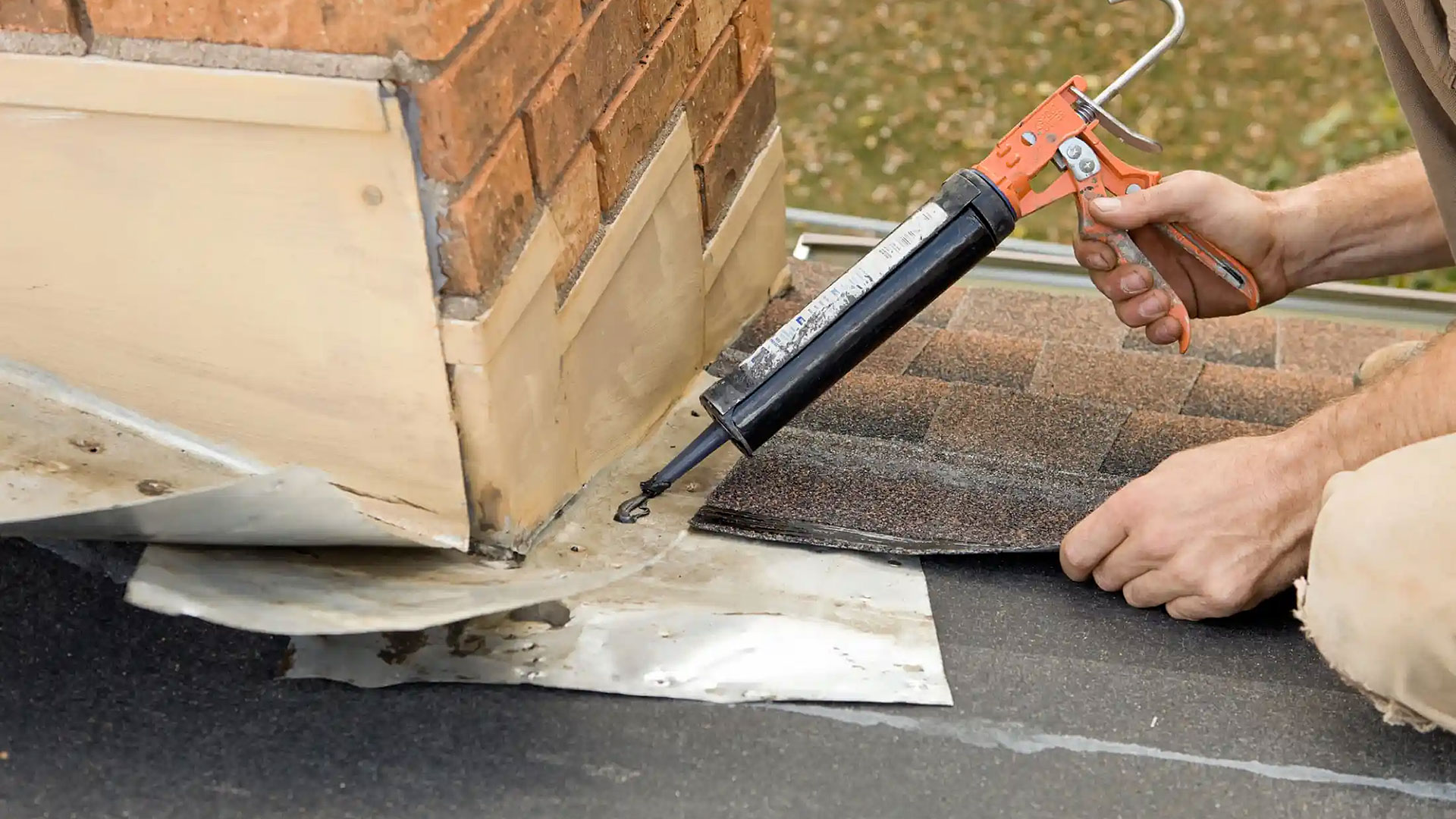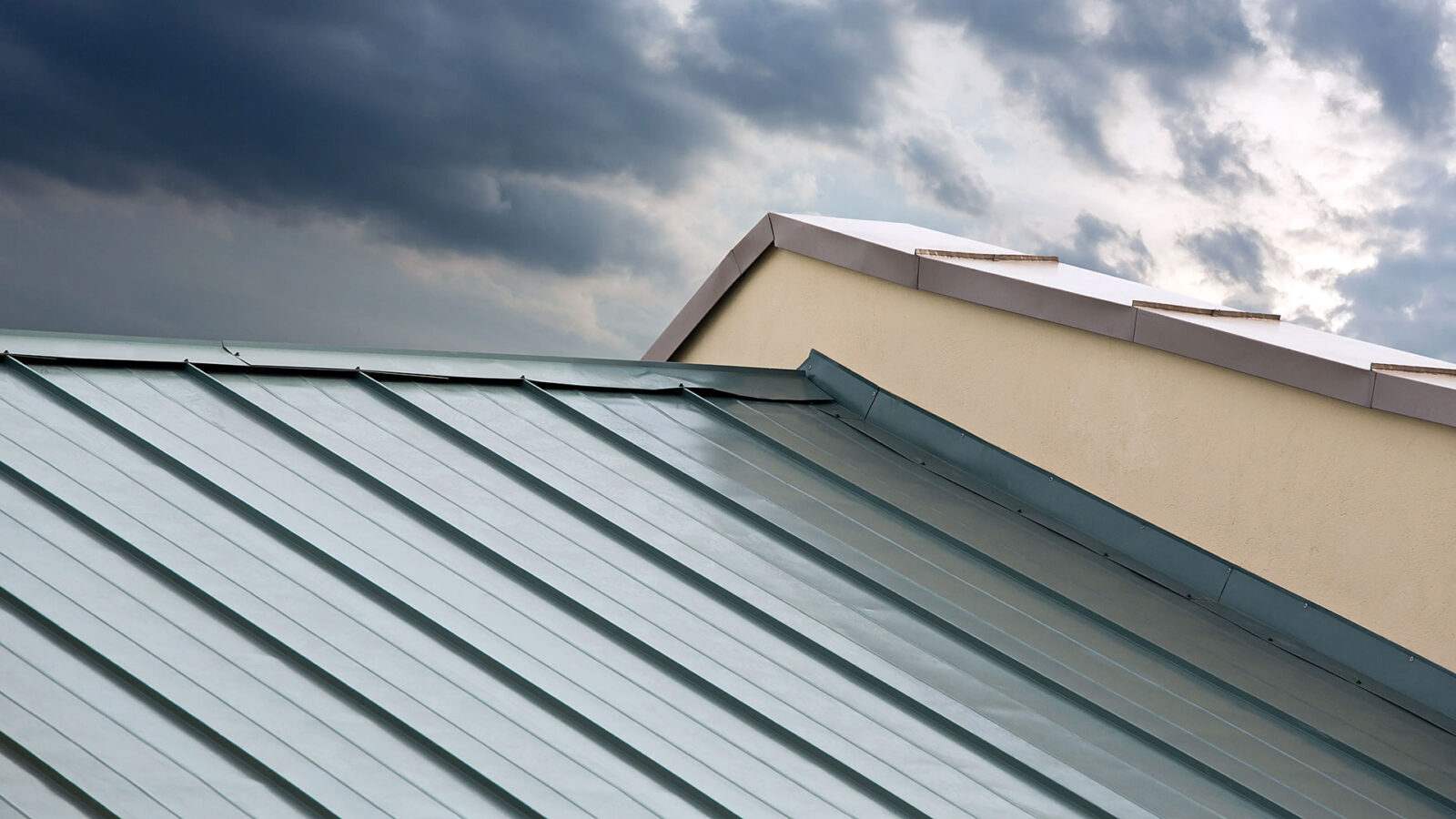As a homeowner in Tampa Bay, ensuring your home is properly weatherproofed should be one of your top priorities. To demonstrate one critical, yet often overlooked, component is kickout flashing. Kickout flashing is also known as diverter flashing. It provides an essential barrier where your roofing meets adjacent vertical surfaces like chimneys or walls. Not to mention, without it, water can seep behind siding. Thus, it can cause damage that may go unnoticed for years. If you’ve never heard of kickout flashing, don’t worry—you’re not alone. However, it’s important to check if your home has it installed in all the necessary locations. If not, adding it should be a top item on your home and roof maintenance checklist.
What Is Kickout Flashing and Where Is It Used?
Kickout flashing is a metal flashing installed at the junction where a sloped roof meets a vertical wall. It helps direct water away from the edge of the roof. As a result, it prevents water from seeping behind siding, under shingles, or into the attic.
On homes, this water diversion material should be installed along the edges of dormers, chimneys, skylights, and any other areas where the roof plane meets a vertical wall. Kickout flashing works by extending out from under the shingles at an angle. Thus, creating a path for water to flow off the edge of the roof.
If your Tampa Bay area home does not currently have kickout flashing installed in these critical areas, it's important to have it added. For one thing, a lack of flashing is a common defect identified by property inspectors. Additionally, it can lead to costly water damage over time and potential mold problems. Installing flashing helps ensure your home's roof and siding are properly protected and your attic space stays dry.
For the best protection, copper or aluminum kickout flashing should extend at least 2 to 3 inches out from under the edge of the shingles at a 30 to 45-degree angle. Correspondingly, the flashing should direct water over the siding and onto the ground. Flashing that is properly installed is critical for safeguarding your home.
Consequences of Not Having Proper Flashing Installed
If kickout flashing is not properly installed on your Tampa Bay area home, water intrusion and structural damage can occur. In fact, without kickout flashing in place, rainwater and moisture can seep into cracks and crevices, potentially causing water damage, mold growth, and wood rot. Over time, this can compromise the integrity of the roof and wall structures.
If kickout flashing was not installed on your home or has deteriorated over time, it is critical to have it replaced or installed by a licensed contractor as soon as possible. The contractor will install the kickout flashing under the edge of the sloped roof. They seal and secure it to divert water away from the wall. Installing kickout flashing on homes without it can help prevent costly damage down the line and ensure your home's maximum property value.
Regular inspections of kickout flashing, roof edges, and attic areas are also recommended, especially after a storm. Be sure to check for any visible water damage or leaks that may have already occurred. It is best to address these issues promptly to avoid structural compromise or mold exposure in the living space.

Adding Kickout Flashing to Your Tampa Bay Home
If your Tampa Bay home was built before the mid-1990s, it likely does not have any flashing installed. In particular, it is advisable to have flashing retrofitted by a licensed and insured contractor. The contractor will remove a section of siding to access the area where the roof and wall meet. They will then install the L-shaped kickout flashing and re-side the area to match the existing siding. This process helps ensure water is properly diverted away from the vulnerable junction.
The cost to add flashing to an existing home will vary depending on the size of the home and amount of diverter flashing needed. However, it is a worthwhile investment to protect the structural integrity of your home and avoid expensive water damage repairs down the road.
What If My Home Doesn't Have Kickout Flashing?
If your home does not currently have any kind of water diverting material installed, it is a good idea to have it added by a qualified professional roofer or siding contractor. They can inspect your home, determine the necessary locations for flashing, and properly install it to help prevent future water damage and ensure your home’s structure remains intact.
As a homeowner, protecting your investment should be a top priority. Installing kickout flashing and having your home properly inspected are two of the best ways to safeguard against unforeseen damage or costly repairs down the road. For home inspections and expert recommendations on flashing in Tampa Bay, contact Solid Rock Inspections Group. Their licensed and certified inspectors have the experience to thoroughly evaluate your home and suggest appropriate solutions.
Call Solid Rock Inspections Group For An Inspection Of your Roof Today
As you can see, kickout flashing plays a critical role in protecting your Tampa Bay home. Without it, water can seep into vulnerable areas of your home and cause significant damage over time. With this in mind, if you think your home is missing kickout flashing or has it installed incorrectly, call Solid Rock Inspections Group today for a roof inspection. Our reporting can be turned around same day along with suggestions on next steps should repairs be needed. Call us at (727) 386-8627 today or contact us on our website here. Make this small change to avoid big problems down the road. Your future self will thank you.

